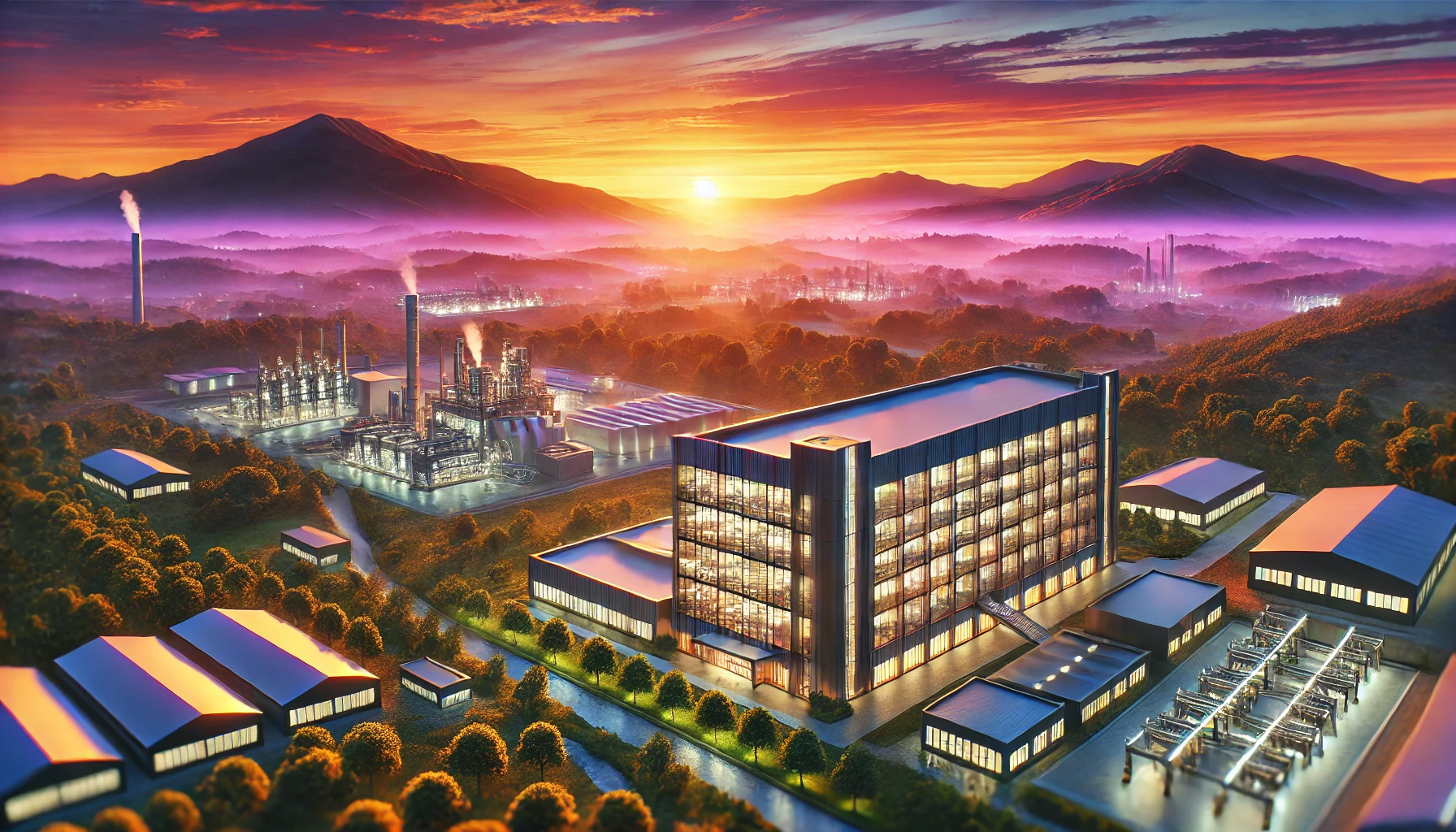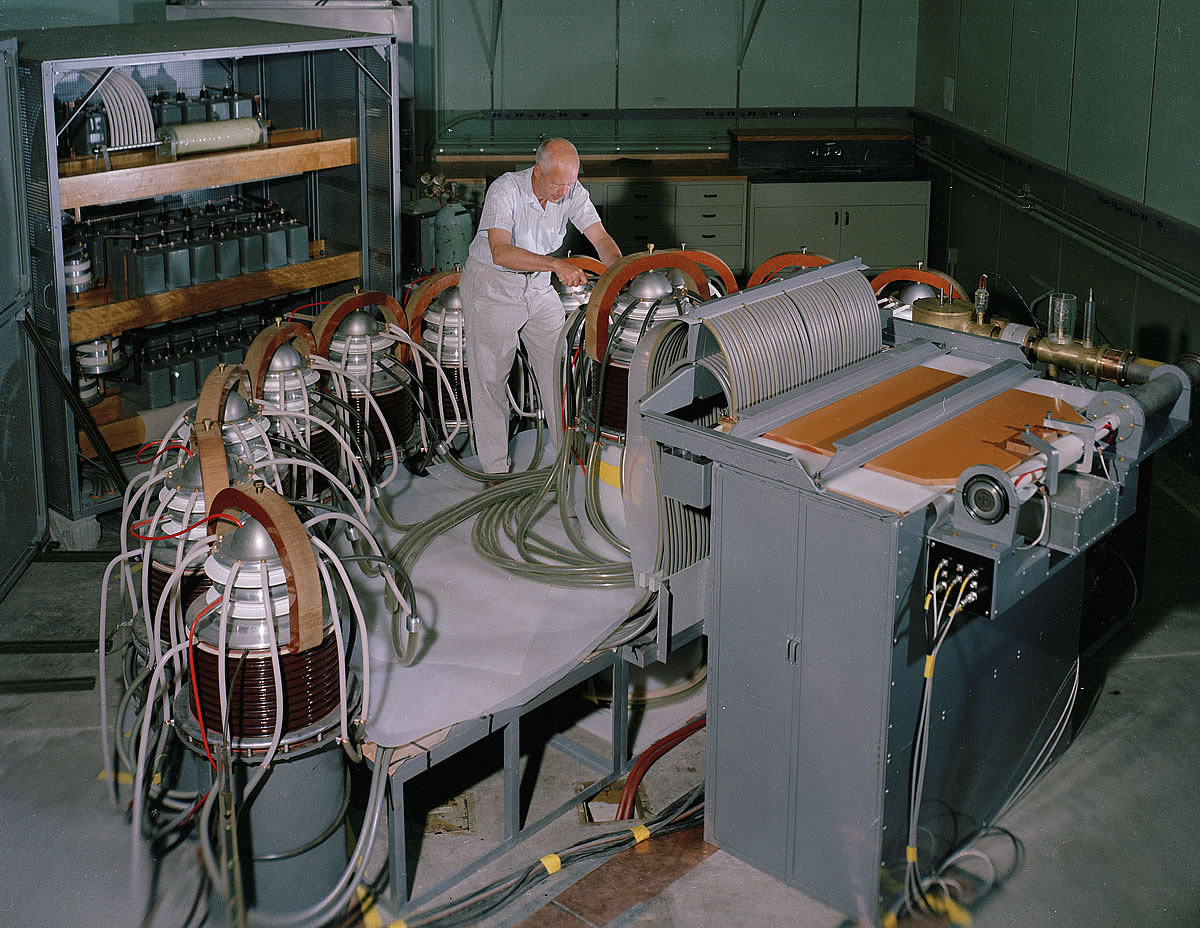The manufacturing and construction industries are at the heart of global economic development. As these sectors evolve, they present exciting investment opportunities, but with growth comes risk. For investors, finding the right balancing between risk and reward is essential to unlocking the potential of these dynamic industries.
The path to successful investment in manufacturing and construction lies in understanding market trends, identifying high-growth opportunities, and mitigating risks. Mattias Knutsson, an expert in global procurement and strategic business development, has years of experience navigating these industries. His insights demonstrate how thoughtful strategies can drive sustainable growth while managing uncertainties.
The Manufacturing and Construction Landscape
The manufacturing and construction sectors are poised for significant growth, driven by advancements in technology, infrastructure development, and sustainability initiatives. According to the World Economic Forum, global spending on infrastructure is expected to reach $9 trillion annually by 2025, creating substantial opportunities for investors.
However, these industries are also subject to challenges such as supply chain disruptions, rising material costs, and labor shortages. Navigating these complexities requires a balanced approach to risk and reward.
High-Growth Investment Opportunities

1. Advanced Manufacturing Technologies
The rise of Industry 4.0 has revolutionized manufacturing. Technologies such as robotics, artificial intelligence (AI), and 3D printing are transforming production processes, making them faster, more efficient, and more sustainable.
Investing in companies that develop or adopt these technologies offers substantial growth potential. For example, the global robotics market in manufacturing is projected to reach $85 billion by 2029, growing at a compound annual growth rate (CAGR) of 9.63%.
Key Insight: Look for businesses that are leaders in automation, digital transformation, and smart manufacturing systems.
2. Sustainable Construction Materials
The construction industry is undergoing a green revolution. The demand for sustainable building materials, such as recycled steel, engineered timber, and low-carbon concrete, is surging as governments and consumers prioritize environmental responsibility.
Investing in companies at the forefront of developing and supplying these materials can yield both financial returns and environmental impact. For instance, the green building materials market is expected to surpass $237.3 billion by 2030, with a CAGR of 8.1%.
Key Insight: Focus on firms innovating in eco-friendly materials and solutions that align with sustainability trends.
3. Renewable Energy and Infrastructure Projects
The shift toward renewable energy is driving massive infrastructure investments. Projects like wind farms, solar plants, and energy-efficient buildings are creating opportunities for growth in both manufacturing and construction.
The International Renewable Energy Agency (IRENA) estimates that global investments in renewable energy could exceed $1.5 trillion by 2030.
Key Insight: Consider companies involved in the production of renewable energy equipment, such as solar panels or wind turbines, as well as construction firms specializing in green infrastructure projects.
Stable Investment Opportunities
1. Essential Manufacturing Industries
Industries that produce essential goods, such as food processing, pharmaceuticals, and packaging, offer stable returns. These sectors are less prone to market volatility and benefit from consistent demand.
For instance, the global pharmaceutical manufacturing market is projected to grow steadily, reaching $1.6 trillion by 2030.
Key Insight: Look for companies with strong fundamentals, robust supply chains, and diversified product portfolios.
2. Infrastructure Maintenance and Retrofitting
While new infrastructure projects grab headlines, the maintenance and retrofitting of existing structures represent a stable and often overlooked opportunity. This includes repairs to bridges, roads, and buildings, driven by aging infrastructure and regulatory requirements.
The U.S. alone requires $2.58 trillion in infrastructure repairs by 2030, according to the American Society of Civil Engineers (ASCE).
Key Insight: Target firms specializing in infrastructure repair and retrofitting, as they provide steady revenue streams regardless of economic conditions.
Balancing Risk and Reward

Investing in manufacturing and construction involves inherent risks, such as market fluctuations, supply chain disruptions, and geopolitical uncertainties. However, these risks can be mitigated with a thoughtful approach:
- Diversify Your Portfolio: Balance high-growth opportunities with stable investments to spread risk.
- Stay Informed: Keep up with industry trends, policy changes, and technological advancements to make data-driven decisions.
- Assess Companies’ ESG Commitments: Prioritize firms with strong environmental, social, and governance (ESG) practices, as they tend to be more resilient and attractive to stakeholders.
- Collaborate with Industry Experts: Partnering with professionals who understand the nuances of these industries can help identify the best opportunities.
Conclusion
The manufacturing and construction industries are ripe with opportunities for investors seeking both growth and stability. By focusing on advanced technologies, sustainable materials, and essential services, businesses can achieve significant returns while contributing to global progress.
Mattias Knutsson, with his extensive experience in global procurement and strategic business development, exemplifies how to navigate the complexities of these sectors. His expertise in balancing risk and reward highlights the importance of strategic planning and informed decision-making.
Investing in these industries is not just about financial gain—it’s about shaping the future. By taking a thoughtful, informed approach, investors can drive meaningful growth while managing risks effectively. The time to seize these opportunities is now.






One Response
Excellent news for all us